When I first talk about laser marking, many people think it sounds complicated. They wonder if it is expensive, difficult, or only for advanced industries. But the truth is simple: it is a clean, precise, and lasting way to mark parts and products.
Laser marking is a process where a focused beam creates permanent marks on surfaces by adjusting power, speed, and frequency. It is contact-free, precise, and leaves high-quality results that resist heat, abrasion, and chemicals.
Laser marking has become a vital step in manufacturing. From serial numbers to company logos, it ensures traceability and brand identity. Let me explain why I see it as a key solution and why companies like Kirin Laser make it a practical choice for industries worldwide.
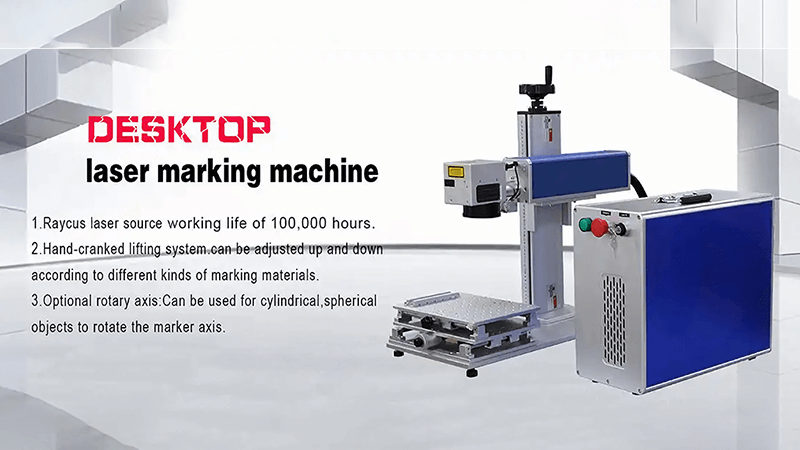
Is laser marking permanent?
When I first explain permanence, some people doubt it. They think a mark will fade, peel, or wash off after use. This pain is common for companies who have struggled with labels or inks. The problem is clear: weak marks cannot survive in harsh conditions. That frustration creates urgency for a lasting solution.
Yes, laser marking is permanent. It creates marks by altering the material surface, which makes them resistant to heat, wear, and chemicals. Unlike inks or stickers, these marks do not fade or peel with time.
Why permanence matters
I see permanence as one of the strongest values. A mark is only useful if it survives the product’s entire lifecycle. A client once told me their codes faded during high-temperature production. We introduced our laser marking1 machine, adjusted the settings, and after months of testing, their parts still showed crisp codes. They said it changed the way they managed traceability.
How laser permanence compares
| Method | Durability | Resistance to Heat | Chemical Resistance | Cost Efficiency |
|---|---|---|---|---|
| Ink Printing | Low | Poor | Poor | Low |
| Labels/Stickers | Medium | Poor | Low | Medium |
| Laser Marking | High | Excellent | Excellent | High |
In my experience, industries like automotive and medical rely on this permanence2. A failed mark can mean a failed recall process. Laser marking eliminates that risk and delivers reliability.
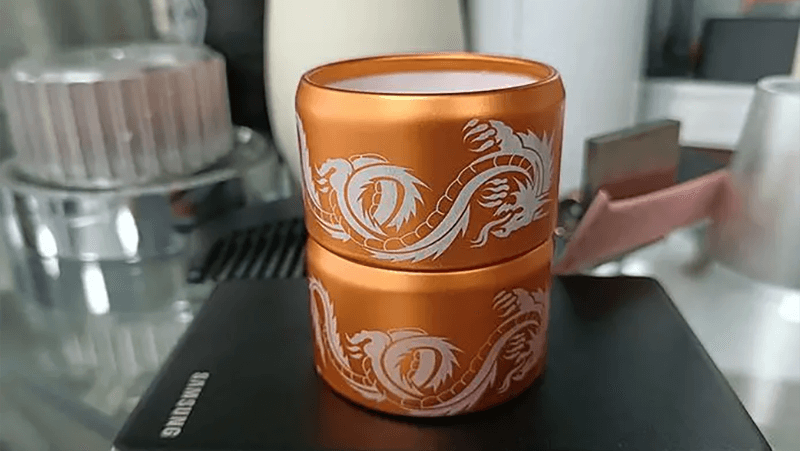
What are the risks of laser marking?
Some buyers fear risks when they first consider laser marking. They worry about safety, material damage, or high running costs. The thought of using a laser beam can sound dangerous if you have never worked with one. This fear often stops companies from moving forward.
The main risks of laser marking involve eye safety, potential over-burning of materials, and initial investment costs. With the right machine setup, training, and protective equipment, these risks are minimized.
Managing risks in practice
At Kirin Laser, I see risk management as part of the process. For example, eye protection3 is essential. Every operator uses certified safety glasses. Machine enclosures reduce exposure. Another common risk is burning or warping material. But when I adjust beam power and frequency, the mark becomes clean without damaging the part. Cost is also a concern, but clients often see fast return on investment4 because consumables are minimal.
Risk vs. benefit breakdown
| Risk | Description | Mitigation Strategy |
|---|---|---|
| Eye Injury | Exposure to laser beam | Protective eyewear, machine enclosure |
| Material Damage | Overheating or burning | Correct settings, testing |
| Initial Investment | Higher purchase cost | Long-term savings, ROI |
| Technical Learning Curve | Need for trained operators | Training, automation features |
I have guided clients who feared these risks. One client thought marking plastics would melt their parts. After trials with the right wavelength, they were surprised to see clear, sharp marks. Risks exist, but with knowledge and proper setup, they are manageable.
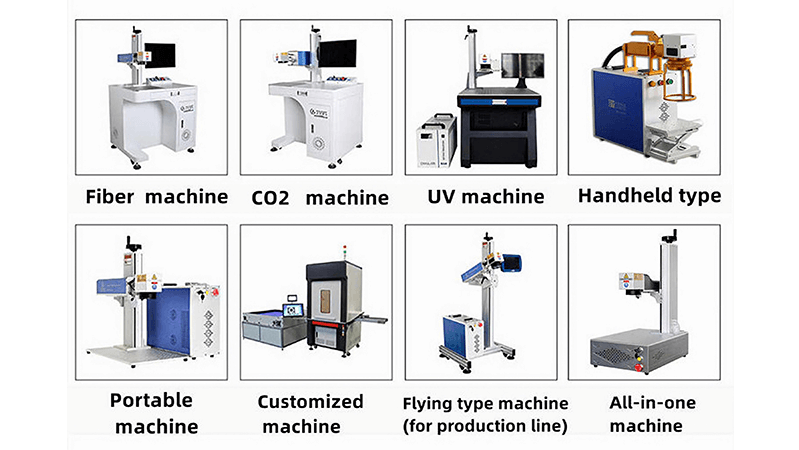
What are the different types of laser marking?
People often ask me if all laser marking is the same. They may assume every machine produces identical results. But the truth is different. There are multiple techniques, each with unique results and applications. If you use the wrong type, your mark may fail or look poor.
The main types of laser marking include annealing, engraving, etching, foaming, and carbonization. Each type suits different materials and industries. Choosing the right one depends on your product and durability needs.
Breaking down the types
- Laser Engraving5: Removes material to create deep marks. Best for metals and high-wear parts.
- Laser Etching: Creates shallow surface marks. Faster and suited for coated metals or plastics.
- Laser Annealing: Heats the surface to form oxide layers. Common in medical stainless steel.
- Laser Foaming6: Creates raised marks by forming bubbles in plastic. Ideal for contrast.
- Laser Carbonization: Darkens organic materials like wood or leather.
Comparing the methods
| Type | Depth | Speed | Best Materials | Applications |
|---|---|---|---|---|
| Engraving | Deep | Moderate | Metals | Tools, industrial parts |
| Etching | Shallow | Fast | Coated metals, plastic | Electronics, branding |
| Annealing | Surface | Slow | Stainless steel | Medical, food industry |
| Foaming | Raised | Moderate | Plastics | Consumer goods |
| Carbonization | Surface | Fast | Organics | Packaging, decorative items |
I often explain this by telling a story. A customer from electronics wanted high-contrast marks on plastic casings. We used laser foaming. The results were bright, visible, and permanent. They later expanded laser use across all product lines. This shows that type selection shapes success.
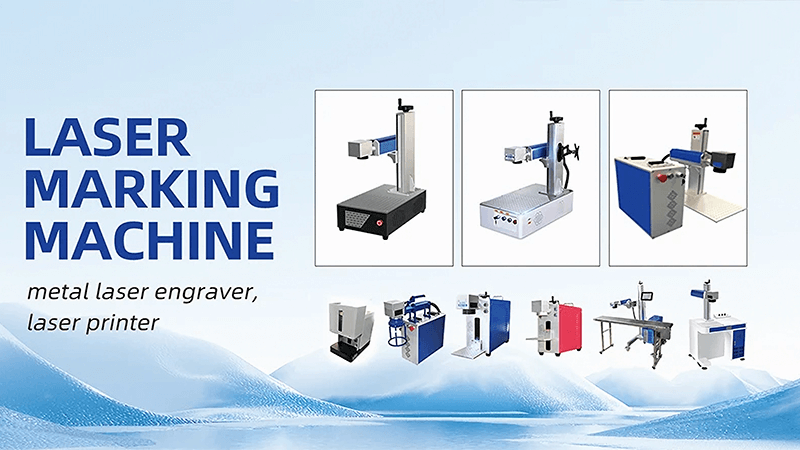
Do laser engravings fade?
Some customers come to me worried about fading. They have dealt with ink codes that wash away, or stickers that peel. They assume lasers may behave the same way. This concern is natural, especially when products face heat, friction, or cleaning.
Laser engravings do not fade easily. Since they alter the material surface itself, they remain visible for the lifetime of the part. Only extreme wear or material erosion may reduce their visibility.
Why engravings last
I see engravings as the strongest marks. Unlike surface coatings, they are cut into the material. I once worked with a factory that used parts in abrasive environments. Ink wore off in days. After switching to engraving, their marks stayed readable after years of heavy use.
Fading vs. material limits
| Cause of Fading | Impact | Prevention Strategy |
|---|---|---|
| Surface Wear | Reduces clarity | Deeper engraving |
| Corrosion | Can erode marks | Use protective coatings7 |
| Extreme Heat | May alter mark color | Adjust settings, use annealing |
| Poor Machine Settings | Shallow or weak marks | Calibration and testing |
Engravings can survive even in aggressive conditions. If fading occurs, it is usually due to wrong settings or poor technique. At Kirin Laser8, we run tests to ensure marks are deep enough. By matching method to material, fading stops being an issue.
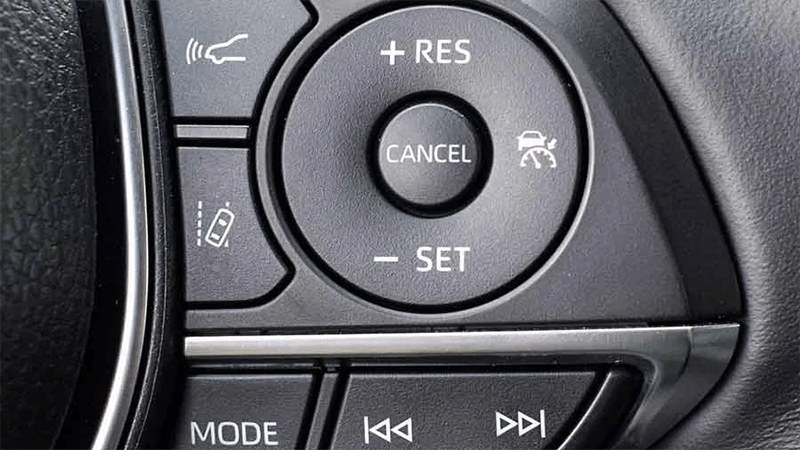
Conclusion
Laser marking9 is not just another labeling option. It is a permanent, precise, and reliable process. From preventing fading to reducing risks, it solves problems that inks and labels cannot. By knowing the types of marking and applying the right setup, I help clients gain durability and clarity in their products. At Kirin Laser, I continue to see laser marking as a game-changer for industries that value traceability and brand quality.
-
Explore how laser marking enhances product traceability and ensures durability in various industries. ↩
-
Learn why permanence is crucial for product marking and how it impacts traceability and reliability. ↩
-
Explore this link to understand essential eye protection measures that ensure safety in laser operations. ↩
-
This resource will help you learn how to effectively calculate ROI, making your investment decisions more informed. ↩
-
Discover the advantages of laser engraving for metals, especially for creating durable and deep marks in industrial applications. ↩
-
Explore this link to understand how laser foaming creates high-contrast marks, ideal for various consumer goods. ↩
-
Learn about the role of protective coatings in preserving engravings from corrosion and extending their lifespan. ↩
-
Explore Kirin Laser's expertise in engraving to ensure durable marks in challenging environments, backed by their rigorous testing and calibration methods. ↩
-
Find the best laser marking machine and laser marking solutions from Kirin Laser, clicking this link to get all your needs for your businness. ↩





